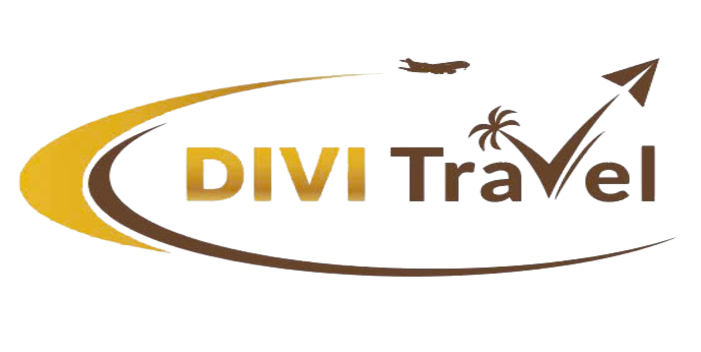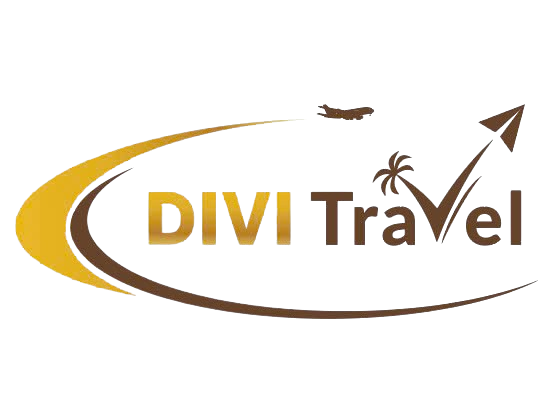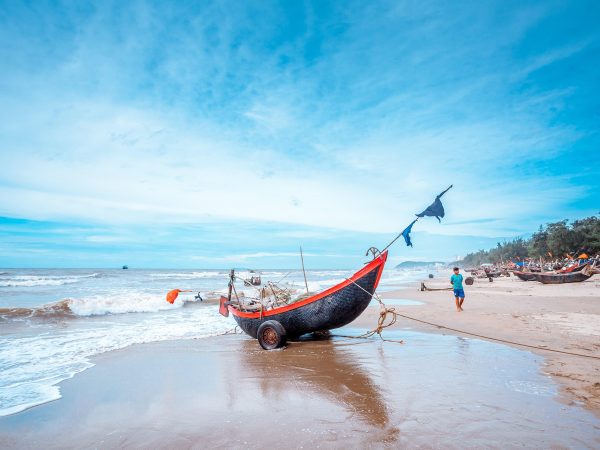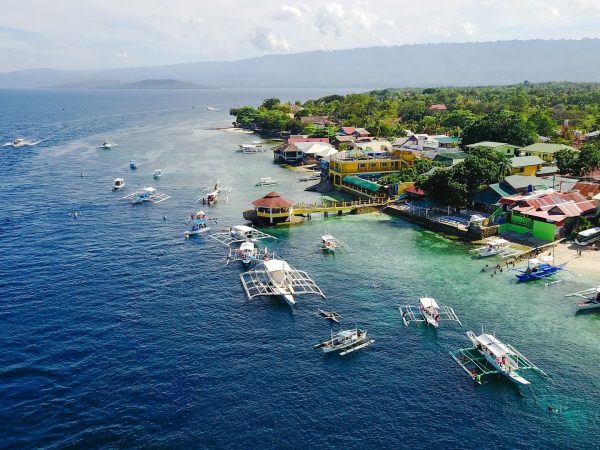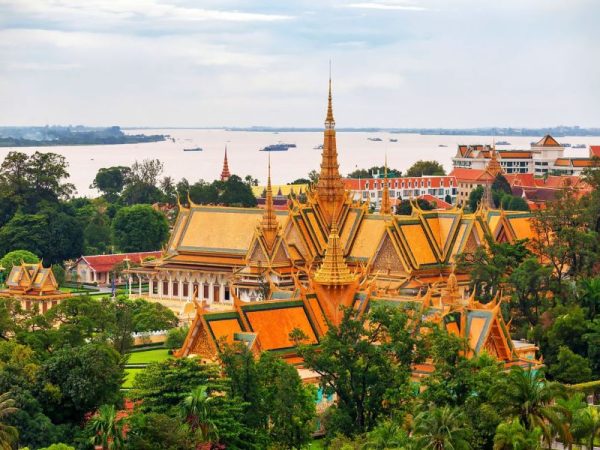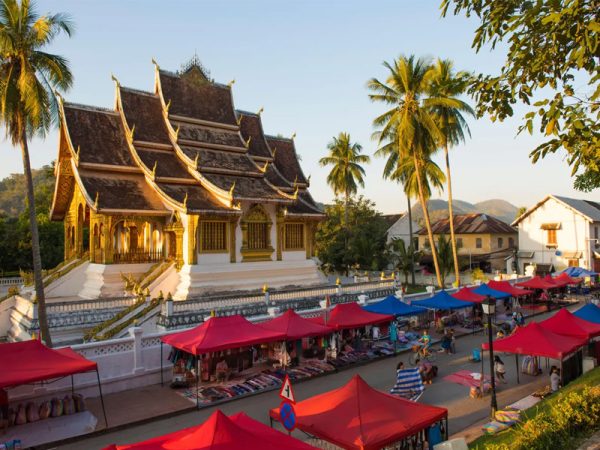Over the past years, Vietnam has emerged as a premier tourist destination in Southeast Asia, with an estimated 18 million international arrivals in 2019. The number is only expected to rise – and for a number of good reasons. The country is renowned for its colorful history, diverse culture and quintessential natural landscapes.
If you are planning to visit, an illustrated guide will prove handy. This post is packed with all the important information so you don’t have to spend a lot of time researching online and browsing multiple websites. We have done much of the work for you and we are extremely proud of this comprehensive article as it will serve as a valuable resource to anyone who wishes to visit Vietnam.
Part I. Travel Visa
Recent visa policy changes – officially approved on 14 August 2023 as below:
-
3 month multiple entry visas will be available from 15 August 2023.
-
Citizens from all countries are now eligible for the e-visa program.
-
09 more ports of entry have been added to the list of eligible Entry/Exit points.
-
Effective from 15 August, 2023, regular passport holders of 13 countries will be exempt from visa requirements for Vietnam for 45 days instead of 15 days.
1. Do you need a Visa to go to Vietnam?
Vietnam offers visa exemptions to tourists from 13 countries and e-Visas to tourists from all countries. Travelers can also apply for a visa on arrival online or in person at a Vietnamese embassy or consulate.
2. Visa Exemptions
Vietnam’s new visa policy effective from 15th August 2023 extends stay duration for 13 countries enjoying unilateral visa exemption from 15 days to 45 days, regardless of passport type and entry purpose. The 13 coutries include: Germany, France, Italy, Spain, the UK, Russia, Japan, Republic of Korea, Denmark, Sweden, Norway, Finland and Belarus.
Below is the full list of 25 countries +Kazakhstan that are exempted from visa requirement:
Brunei, Myanmar, Belarus, Denmark, Finland, France, Germany, Italy, Japan, Norway, Russia, South Korea, Spain, Sweden, The UK, The Philippines, Cambodia, Indonesia, Kyrgyzstan, Laos, Malaysia, Singapore, Thailand, Chile, Panama.
Notes on Exemptions:
The exemptions listed above are valid until Dec. 31, 2025.
Pro Tip:
+ All nationalities traveling directly to Phu Quoc Island can visit for 30 days visa-free. You just need to show an outbound ticket on arrival in Vietnam.
+ If you enter Phu Quoc and then travel to the mainland, you will need to apply for an e-visa/visa to Vietnam. The best way is to apply for evisa/visa in advance and you will need to show your e-visa/visa on arrival at Phu Quoc International aiport for eligible stamp on your passport to visit the mainland later on. If you fail to do so, you might have to apply for a different visa and the procedure would be more complicated.
3. e-Visa Requirements
The e-Visa is one of several visa types offered by the Vietnam Immigration Department to foreigners entering the country. It is valid for 90 days and single entry and multiple entry. It costs US$25 for single entry and US$50 for multiple entry for card payments and requires at least three working days to process.
Foreigners with e-visas are allowed to enter Vietnam via
13 international airports: Noi Bai (Ha Noi), Tan Son Nhat (Ho Chi Minh City), Cam Ranh (Khanh Hoa), Da Nang, Cat Bi (Hai Phong), Can Tho, Phu Quoc (Kien Giang), Phu Bai (Thua Thien Hue), Van Don (Quang Ninh), Tho Xuan (Thanh Hoa), Dong Hoi (Quang Binh), Phu Cat (Binh Dinh), Lien Khuong (Lam Dong).
16 land border gates: Tay Trang (Dien Bien), Mong Cai (Quang Ninh), Huu Nghi (Lang Son), Lao Cai, Na Meo (Thanh Hoa), Nam Can (Nghe An), Cau Treo (Ha Tinh), Cha Lo (Quang Binh), La Lay and Lao Bao (Quang Tri), Bo Y (Kon Tum), Moc Bai and Xa Mat (Tay Ninh), Tinh Bien and Vinh Xuong (An Giang), Ha Tien (Kien Giang).
13 sea border gates: Hon Gai and Cam Pha (Quang Ninh), Hai Phong, Nghi Son (Thanh Hoa), Vung Ang (Ha Tinh), Chan May (Thua Thien Hue), Da Nang, Nha Trang (Khanh Hoa), Quy Nhon (Binh Dinh), Dung Quat (Quang Ngai), Vung Tau (Ba Ria – Vung Tau), Ho Chi Minh City, Duong Dong (Kien Giang).
Vietnam e-Visa Requirements:
- A passport with six (6) months’ validity
- A photo in .jpg format of your full passport data page
- A passport photo in .jpg format (4×6 cm, white background, without glasses)
- A valid international credit or debit card
- An email address for support purposes
- A temporary address in Vietnam
- Your entry and exit dates and entry and exit points/airports
How to Apply for Vietnam’s e-Visa:
Step 1: Prepare the required materials
Step 2: Open the official website for Vietnam’s e-Visa Application
Step 3: Upload your .jpg images (passport data page and passport photo) and fill out the required fields on the form.
Step 4: Pay the e-Visa fee of US$ 25 for single entry visa or US$50 for multiple entry visa using any of the payment methods offered. Copy the document code provided. This fee is not refunded if your application is refused or your visa letter contains any wrong details that have been provided by you in the application form.
Step 5: Within three working days you will receive an email about your e-Visa application. Use your document code to locate your e-Visa online. Download and print the e-Visa in two copies for safety.
ProTip: Tourists with an e-Visa do not need to queue at Visa on Arrival counters. You can go directly to the immigration counter at your point of entry.
The Public Service Portal – Ministry of Public Security is the official website for Vietnam evisa.
